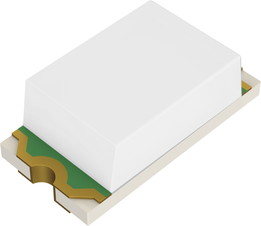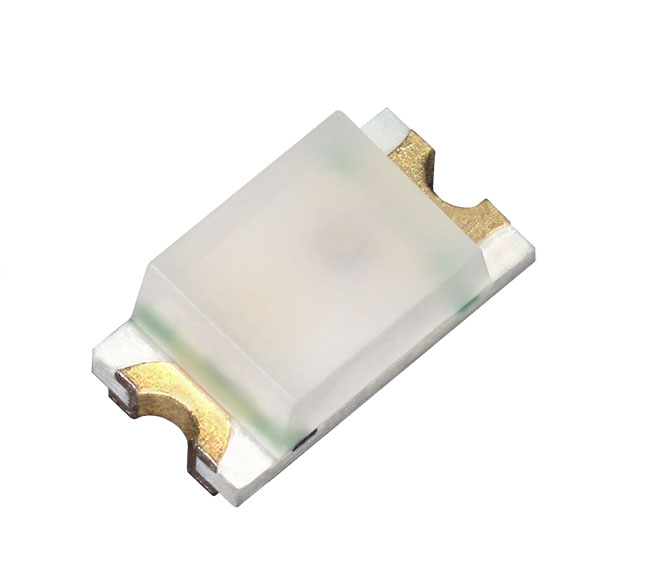SMLD12E2N1W
Industry standard 0603 Size, Long life type, Blue-green Chip LED
SMLD12E2N1W
Industry standard 0603 Size, Long life type, Blue-green Chip LED
SMLD12E2N1W has a long life and the residual luminous rate exceeds 90% even after 1000 hours (under Ta=85℃,IF=20mA).
Product Detail
Specifications:
Package Type
Mold
LED Type
Long Life
Application
Home Appliance, Industrial Equipment, Helthcare, Amusement, Office Equipment, PC, Data Storage
Package size[mm]
1.6x0.8 (t=0.55)
Emitting color
Bluish-Green
Luminous Intensity(Single)(Typ.)[mcd]
120
Number of Brightness Rank
2
Dominant wave-length λD(Single)(Typ.)[nm]
505
Forward Voltage VF (Typ.) [V]
2.9
IF @ VF [mA]
5
Chip Structure
InGaN
Power Dissipation [mW]
66
Operating Temperature[°C]
-40 to 100
Storage Temperature [°C]
-40 to 100
Similar Products
Different Grade
Supporting Information
Overview
Color is considered to be one of the most important means of communication and as such is used in a variety of ways – daily. However, approximately over 200 million people with P-type and D-type color deficiencies around the world find it difficult to distinguish between red and green, possibly resulting in information being inaccurately conveyed – depending on the combination of colors used. Furthermore, since color vision can vary from person to person, it is difficult to perceive how different people see certain colors, which can be very inconvenient and also problematic as other people may not notice this deficiency.
As a result, there is a growing need in the society to implement Color Universal Design that takes into account the various types of color vision in order to deliver information accurately to as many people as possible. ROHM succeeded in developing blue-green chip LEDs with special wavelengths. These products are ideal for implementing Color Universal Design in a wide range of devices, utilizing a vertically integrated production system from the element fabrication stage and leveraging ROHM’s strength thorough quality control.
Key Features
Key Features 1.ROHM’s special wavelength blue-green LEDs – ideal for color universal design applications
While there are a variety of devices that transmit information using red and green colors, adopting blue-green and orange or yellow will make it easier for people with P-type or D-type color deficiency and difficulty to distinguish red and green colors. As such, the color scheme is important for conveying information using LEDs.
Now, by acquiring Color Universal Design certification for ROHM’s SMLD12E2N1W and SMLD12E3N1W blue-green LEDs, it is possible for people with various types of color vision and sensitivities to accurately identify color patterns that include the use of ROHM’s blue LED (SMLD12BN1WT86, λD: 470nm) and warm color LEDs (SML-D15YW, λD: 590nm; SML-D15DW, λD: 605nm) – making them ideal for Color Universal Design applications.
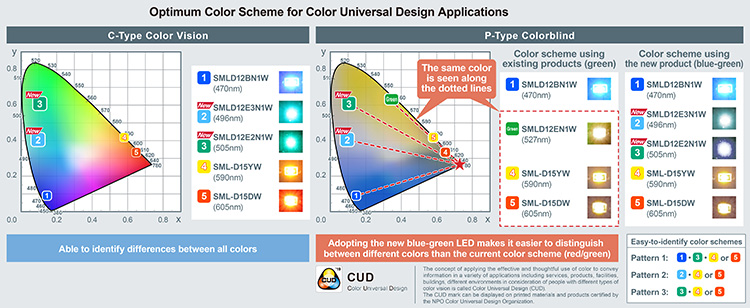
Key Features 2. Adopts a new resin while ensuring high reliability
SThe SMLD12 series (SMLD12E2N1W and SMLD12E3N1W) utilizes a new resin that improves on the following issues when using conventional epoxy and silicone resins, allowing worry-free use in devices requiring high reliability.
1)20x longer life vs. epoxy resin
Luminous intensity is maintained even during endurance testing (25°C, IF=20mA, 1,000hrs), resulting in approx. 20x longer life at the same residual light intensity level vs epoxy resin products.
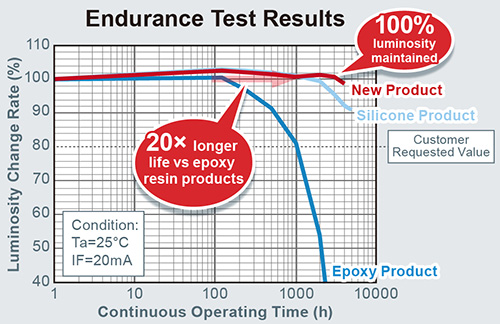
2)25x higher mold strength compared to silicone resin
Adopting a new resin material which affects mountability improves mold strength by 25x compared to silicone resin products even at high temperatures (Ta=150°C). This minimizes defects during mounting, achieving superior mountability.
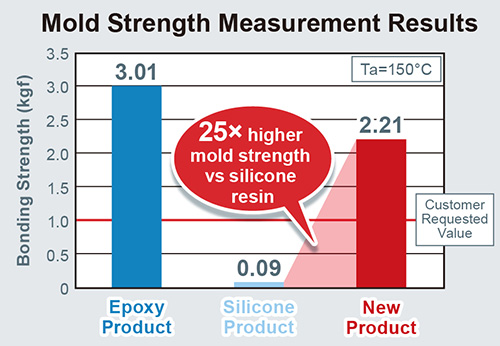
Application Examples
- Operating panel indicator lights for fire alarm systems, etc.
- Safety warning lamps in industrial equipment
- Information boards for public transportation facilities
- Parking lot occupancy (empty/full) indicator lamps
- Battery charge status indicators
- Display panels for hospital equipment (i.e. nurse calls) and more...
Terminology
P-Type / D-Type Colorblind
CUDO classifies the differences in color vision into the following 5 types.
| Designation | Description |
|---|---|
| C-Type (Common) | A person with normal color vision who has all three types of photoreceptor cone cells: red, green, and blue |
| P-Type (Protanopia) | Strong: No or non-functioning cone cells for detecting red light Weak: Red cone cells with spectral sensitivity shifted towards green cone cells |
| D-Type (Deuteranopia) | Strong: No or non-functioning cone cells for detecting green light Weak: Green cone cells with spectral sensitivity shifted towards red cone cells |
| T-Type (Tritanopia) | No cone cells for primarily detecting blue light; functionally weak |
| A-Type (Achromatopia) | Only has one type of cone cell, no cone cells at all, or all cells are weak |
Color Universal Design
A design system developed in consideration of people with various types of color vision – allowing information to be accurately conveyed to as many individuals as possible

